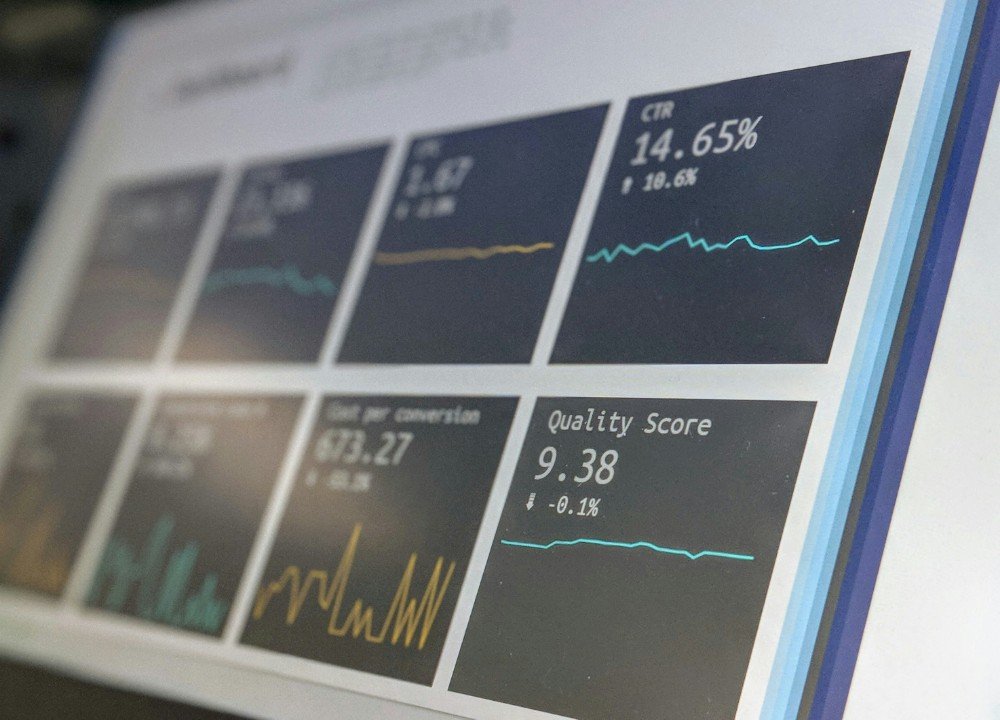
Let me start with a confession: Three years ago, I was that person who avoided checking their bank account. You know the feeling – that pit in your stomach when you think about money, the way you quickly close your banking app after seeing the balance, the stress that keeps you up at night.
If that sounds familiar, you’re not alone. And more importantly, you’re not stuck there forever.
The Wake-Up Call That Changed Everything
My turning point came on a Tuesday morning when my debit card got declined buying coffee. Not exactly a life-or-death moment, but standing there fumbling for change while people waited behind me was my rock bottom. I realized I had no idea where my money was going.
That embarrassing moment led me to do something I’d been avoiding for months: I sat down and actually looked at my finances. All of them. Every account, every bill, every subscription I’d forgotten about.
What I found wasn’t pretty, but it wasn’t hopeless either.
The Simple Truth About Getting Started
Here’s what nobody tells you about personal finance: You don’t need to be a math genius or have thousands of dollars to start. You just need to know three numbers:
1. How much money comes in each month (your income after taxes)
2. How much money goes out each month (all your expenses)
3. The difference between those two numbers
That’s it. That’s your starting point.
When I did this exercise, I discovered I was spending $847 more than I was making each month. No wonder I felt stressed about money – I was literally going backwards financially.
My First (Messy) Budget
I tried the fancy budgeting apps first. Downloaded three different ones. Made elaborate spreadsheets with color-coding. Created categories for everything from “entertainment” to “miscellaneous pet expenses.”
None of it worked.
What finally worked was embarrassingly simple: I wrote down everything I spent money on for one week. Not in an app, not in a spreadsheet – just on a piece of paper that I carried in my wallet.
Coffee: $4.50
Lunch: $12.00
Gas: $35.00
Groceries: $67.43
By the end of the week, I had a clearer picture of my spending than I’d ever had before. The $4.50 coffees were adding up to $22.50 a week. The “quick” grocery runs were happening almost daily.
The One Change That Made All the Difference
After tracking my spending for a month, I made one simple rule: I had to wait 24 hours before buying anything that wasn’t absolutely necessary.
Not forever. Not a complete spending ban. Just 24 hours.
This tiny change saved me hundreds of dollars in the first month alone. The shirt I “needed” from Target? Didn’t seem so important the next day. The gadget I was about to order online? Turned out I already had something similar in a drawer.
What Actually Matters (And What Doesn’t)
After three years of figuring this out, here’s what I wish someone had told me at the beginning:
What matters:
- – Knowing where your money goes
- – Spending less than you earn
- – Having some money saved for emergencies
- – Starting to invest something, even $25 a month
What doesn’t matter as much as you think:
- – Having the perfect budget
- – Using the “right” apps or tools
- – Cutting out all small pleasures
- – Having a huge emergency fund right away
Where I Am Now (And Where You Can Be Too)
I’m not a financial guru. I don’t make six figures or have some secret investment strategy. But I do sleep better at night because I know where my money is going.
I have $3,000 in my emergency fund (it started with $50). I invest $200 a month in index funds. I still buy coffee sometimes, but I make it at home most days. I upgraded my phone when my old one broke, but I waited six months to make sure I really needed it.
Most importantly, I stopped being afraid of money. It’s just a tool now, not some mysterious force that controls my life.
Your Next Step
If you’re ready to start, here’s what I want you to do this week:
1. Track your spending for just three days. Use whatever method feels easiest – notes app on your phone, piece of paper, whatever works.
2. Calculate your monthly income and expenses. Don’t worry about being perfect. Estimates are fine for now.
3. Find one area where you can cut back by $50 a month. Maybe it’s eating out less, canceling a subscription you don’t use, or finding a cheaper phone plan.
That’s it. Don’t try to overhaul your entire financial life in one week. Just start with those three things.
What’s Coming Next
Over the next few weeks, I’ll be sharing more about what I’ve learned – the mistakes I made so you don’t have to, the strategies that actually work, and the simple changes that can make a real difference in your financial life.
We’ll talk about building an emergency fund without feeling deprived, investing without needing to become a stock market expert, and finding ways to earn extra money that don’t require special skills or a huge time commitment.
But for now, just start tracking. Everything else can wait.
Your past financial mistakes don’t define your future. You have more control than you think. And you’re definitely not alone in figuring this out.
—